#bombyliid
Text


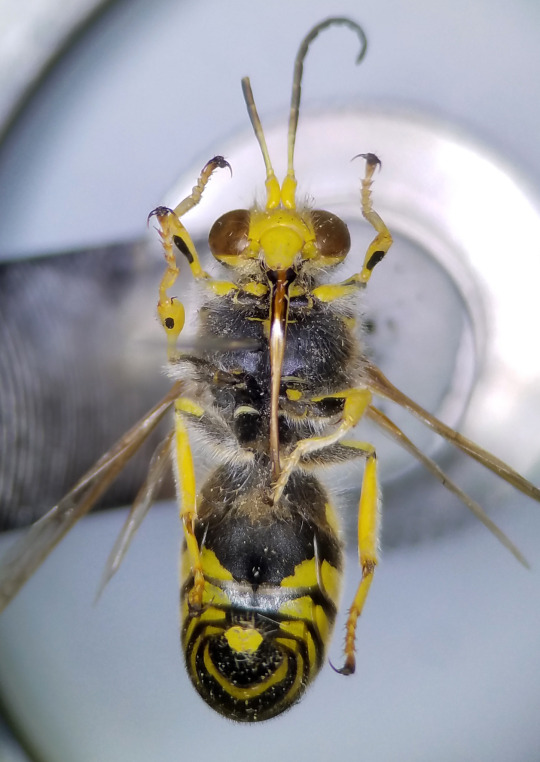

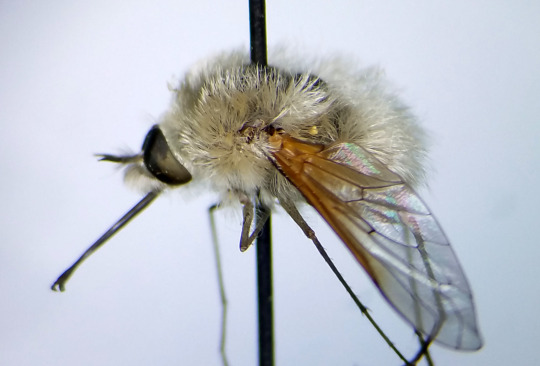
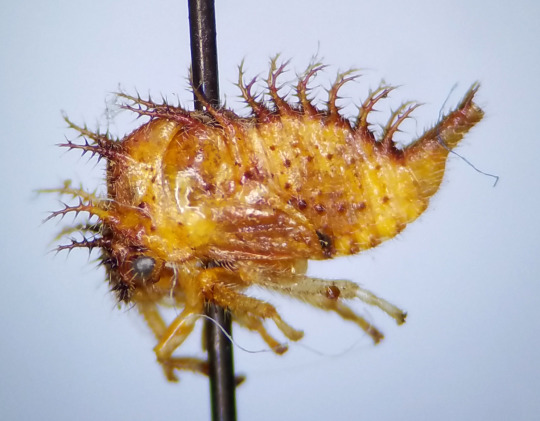
an assortment
2 chalcidid wasps, 2 crabronid wasps, a bombyliid and a membracid nymph
118 notes
·
View notes
Text
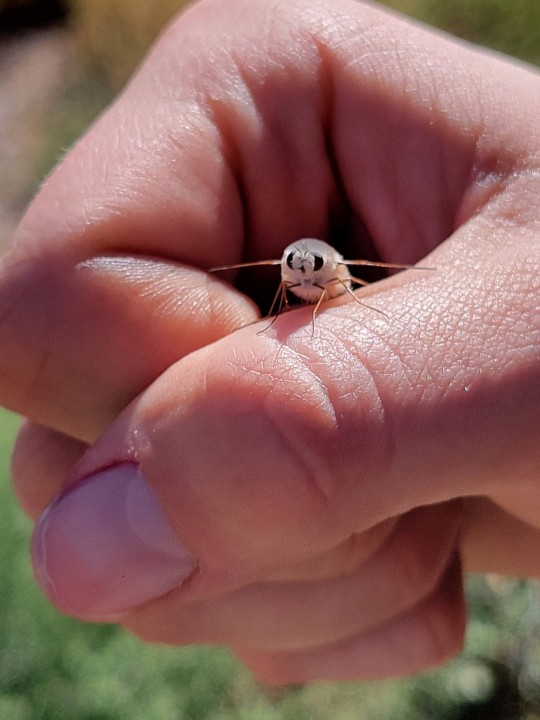
bee fly - bombylis sp. mojave desert, oct 9 2021
#they were so sleepy from the rain that you could just. pick them up#i have many lovely pictures of my labmates + professor with them on their noses !!!!!!!#bombyliid#diptera#birdes bugs#entomology#bugblr#birdenest
2K notes
·
View notes
Photo


hmmmm, perhaps a bombyliid? Not sure what this species is, but check out those eyes. Found on the site of the USDA Beltsville Agrictulture Research Center MAGLEV train site.
23 notes
·
View notes
Note
Hi! I was wondering if you knew anything about bee flies? Are they common in North America, especially the southeast? I think I've been seeing them lately, they look like fluffy mosquitos, but I don't remember seeing them in my area up until the past couple of years. In fact, I remember the first time I saw one in my yard, I thought it was some mutated bumblebee lol. I was just wondering if they've always been common to the area, or if it's possible that they're new??
Hi there! By bee flies I presume you mean Bombyliidae, which are, yes, like fluffy mosquitoes!
For those who aren’t familiar with these precious babs:
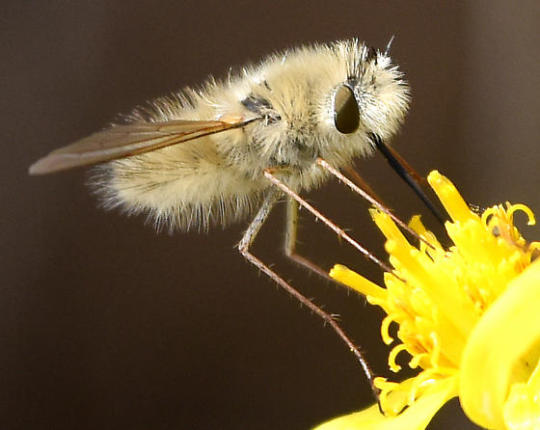
(via bugguide)
They are fairly ubiquitous throughout the U.S., becoming more scarce further north into Canada. In New Hampshire I’ve never seen the super fuzzy ones (there’s plenty of bombyliids that are not fuzzy though) but I think that’s a matter of me not being in the right habitat enough (looking on bugguide, NH is the only state without sightings of that subfamily, but the UNH Insect Collection has them represented here). I saw one in Maine once though, in a grassland sandplain, so I’m sure they’re around. In general they’re most speciose in the southwest, as many insects are, and they’re super abundant in Florida as well. In the southeast, genera like Systoechus and Bombylius are common and are found from early spring through fall. They’re mostly ectoparasitoids of soil-dwelling insect larvae, which explains why arid environments with more sandy and bare ground area would be beneficial to them! I’d like to think they’re pollinators, with that fuzzy body, but seeing as they hold their body so far from the flower with those long legs, they likely don’t actually get much pollen on them most of the time. Still, flowers are the best place to find them!
#apulseinthepages#hope this helps!#you're lucky to see them i love them so much but have never gotten any photos#insects#same goes for butterflies tho alas - they really dont do much pollinating LOL
5 notes
·
View notes
Photo

i’ve been a huge fan of bombyliids for over a decade yet only today did i learn that one of their common names is humbleflies.
HUMBLEFLIES
#are you fucking kidding me#pets#diptera#bombyliidae#yes go ahead and make the cutiefly joke someone's got to
47 notes
·
View notes
Text
#1217 - Geron sp. - Slender Beefly

Small delicate beeflies, lacking most of the furriness common in many other Bombyliid genera. As you can probably guess, pollinators of small tubular flowers, like Boronia.
Most bee-fly larvae are parasites on other arthropods. A few are predatory. I don’t know anything about the life-cycles of any Geron species.
Serpentine, SE of Perth
14 notes
·
View notes
Text
BOMBYLIIDS (bee flies)!!!
I love these fluffy CHONKS!!! pic.twitter.com/01My5AYLti
— Tyler O. Jones, M.Sc (@melliferocity) August 2, 2020
0 notes
Text
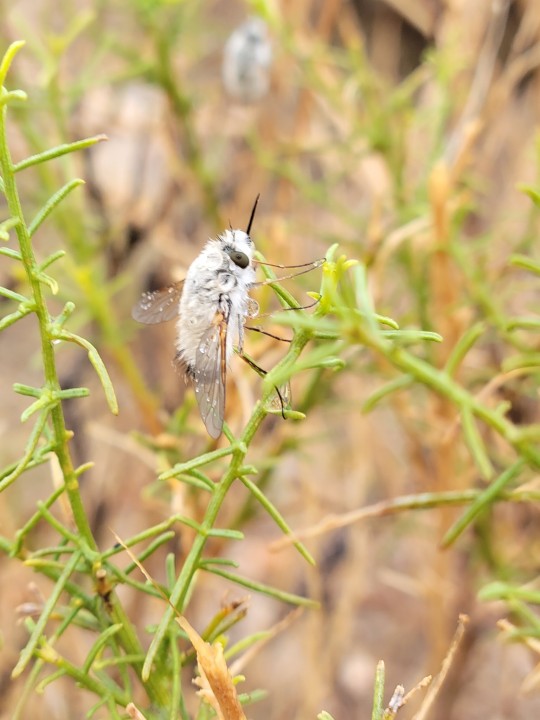
it actually RAINED the first day we were up there (a rare occasion!!!!) and as we were wandering about, certain we wouldn't find much bc of the rain, we noticed -- every creosote bush, every snakebrush, had bombyliids on it.
sometimes more than one. as many as four or five to a bush.


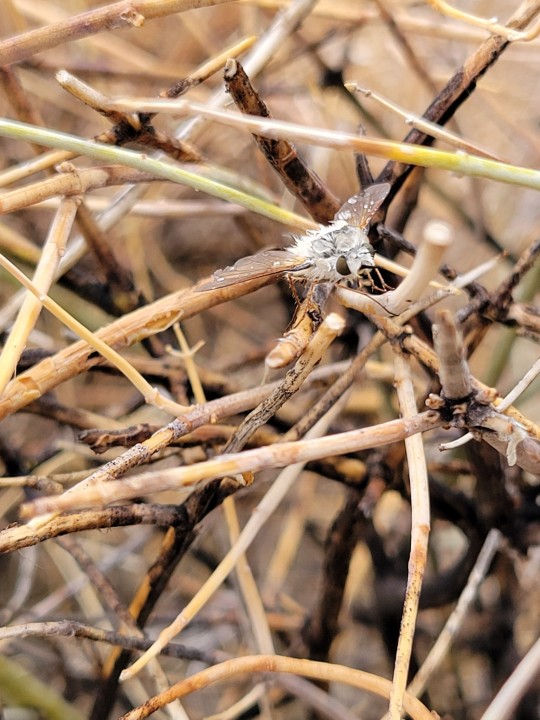
these guys are usually hyperactive fast -- ive really never seen one hold still. but everywhere around us, pointing their little snoots skyward, waiting for the rain to stop -- bombyliids.

#it was so so cool.#i LOVE bee flies theyre so orb#diptera#birdes bugs#i took some of these & a labmate took some!#birdenest#even my diptera specialist lab professor was like 'ive never seen this behavior before?'#it was majority the white ones with the brown butts -- that orangey one with the hump back we only found 2 or three of
51 notes
·
View notes
Text
#55 - Long-Winged Bee-Fly

One of our native and highly photogenic Bee-Flies. Probably an Aleucosia, judging by the hits I'm getting on Google Images and the Flickr Hive Mind. Like the rest of the bee-flies, parasitoids and important pollinators. See here for a lovely shot of what I think is the same species, feeding on a Triggerplant blossom
Photographed in Banksia scrub in Piara Waters, Perth
21 notes
·
View notes